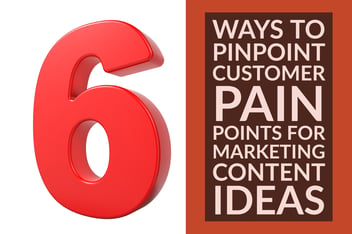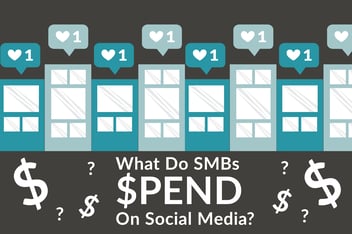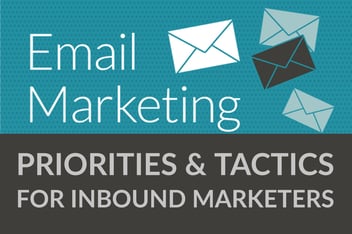6 Principles of Persuasion for Inbound Marketing [infographic]

Marketing is all about persuasion—persuading a prospect to learn about your product or service, to consider it against their other options, and finally, persuading that prospect to choose your solution.
Of course, we use persuasion in many other aspects of our lives as well, from convincing friends to pick our favorite restaurant for that night out to cajoling a toddler to try just one bite of broccoli.
No matter who you are trying to persuade, there at six elements that impact your success. The Everreach infographic at the end of this post provides a look at the principles we should all keep in mind as we develop inbound marketing strategies and campaigns.
Go check it out.
(Have you looked at it? No? Take a look now, and then come back.)
Okay, now that you've looked at the infographic, how are you going to apply these principles to your inbound marketing?
Here are some ideas:
1. Give something extra. Inbound marketing is already based on giving prospects what they need, in terms of useful information, rather than straight-up selling. But you can take that just a little further by throwing in an “extra” when a web visitor converts into a lead. In some ways, that’s what lead nurturing is about — offering some more each time. But if you want to truly give extra, include a surprise, such as an extra video, along with a ebook, or a bonus template to go with a webinar.
2. Use, or imply, limitations. Write calls-to-action (CTAs) that increase the sense of urgency with words such as “Exclusive” or “Limited time.” (More on creating urgency and 9 other CTA writing tips.)
3. Establish and highlight your authority. One of our favorite, proven methods of establishing authority for your brand and executives comes from a PR stand-by: contributing bylined articles to trusted industry media.
4. Think in small steps. The process this infographic describes as consistency is a great reflection of what lead nurturing does: gradually introduces more information about your company, creating engagement and a sense of comfort.
5. It’s not all business (even when it’s business). Even in a more formal industry such as finance, find ways to personalize and give personality to your marketing content. Make your company relatable by introducing the real people behind it and allowing their personalities to show through. Here is an example of one of my posts that gives you a little taste of who I am.
6. Harness the power of the group. Social proof, word of mouth, brand ambassadors, online sharing, inbound links … these are all signs of consensus that you can foster by encouraging readers to share blog posts on social media, asking current customers for referrals and testimonials, and consistently engaging with those who have good things to say about your company.
Which principles of persuasion are you most comfortable with? Which could use a little more work to implement into your inbound marketing approach?

-1.png?width=1652&height=294&name=Jones(RGB)-1.png)












